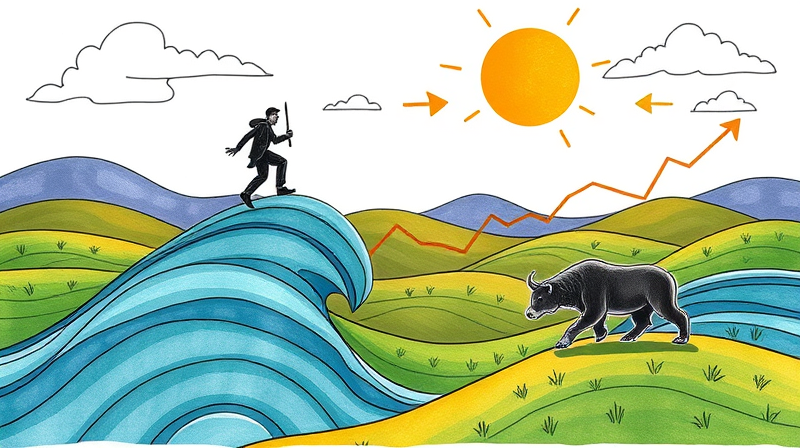
Financial literacy is more than numbers; it’s a journey to financial freedom and confidence.
Financial literacy is defined as the ability to grasp fundamental financial concepts such as interest rates and compounding, inflation, and risk diversification. This knowledge empowers individuals to make informed choices about saving, borrowing, and investing.
Sadly, only a small portion of adults worldwide truly understand these principles. Without this foundation, many struggle to plan for retirement, manage debt, or build wealth over time.
Globally, only 33% of adults worldwide are financially literate, meaning roughly 3.5 billion people lack core financial skills. This gap affects everyday decisions, from taking on high-interest debt to neglecting retirement savings.
National policies now target this gap: over 5 billion people across 60 countries are reached by financial education initiatives. However, socio-economic disparities remain a barrier, with disadvantaged groups performing significantly worse than their peers.
Encouragingly, where sustained education programs exist, participation leads to measurable changes in behavior and confidence.
To navigate financial waters successfully, individuals must master key elements:
Standardized surveys assess these areas with practical questions: for instance, whether a bond or stock better reduces risk, or how inflation erodes real returns. Each correct answer correlates with improved financial behaviors.
Studies show that each additional correct response on a financial literacy test is linked to a 3–4 percentage point increase in retirement planning likelihood in countries like the US, Canada, Japan, and Germany. In the Netherlands, that figure jumps to 10 percentage points.
High performers in these assessments are 72% more likely to save regularly and 50% more likely to compare prices before purchases. They also build diversified portfolios, leading to higher expected returns with lower specific risk.
For youth, financial literacy is a safeguard against predatory lending and excessive student debt. Early exposure to money management creates lifelong habits of prudent borrowing and saving.
Randomized evaluations of 76 education programs spanning 33 countries and over 160,000 participants reveal substantial gains in knowledge and behavior. These interventions have a:
Long-term follow-up indicates that sustained programs yield deeper impacts: ongoing instruction can boost retirement savings by up to 10%. One-off workshops, by contrast, often produce short-lived improvements.
International bodies like the OECD and World Bank champion financial education as a cornerstone of economic inclusion and stability. When governments integrate literacy programs into school curricula and community outreach, the benefits multiply.
However, performance gaps persist along socio-economic and gender lines. Students from lower-income families score significantly lower, and girls often report less confidence with digital financial services than boys.
Parental involvement can narrow these gaps: youths who discuss money matters at home outperform peers, illustrating the power of reinforcing education outside classrooms.
Whether you’re starting from scratch or seeking to deepen your expertise, actionable strategies can accelerate progress:
Financial institutions can contribute by offering user-friendly tools, such as interactive calculators, guided tutorials, and simplified product comparisons.
Building financial literacy is a transformative journey that unlocks the doors to confident and informed investment decisions. By mastering fundamental concepts, engaging in sustained education, and applying actionable strategies, anyone can secure a stronger financial future.
Empower yourself today with knowledge—it’s the most valuable asset you’ll ever own.
References













